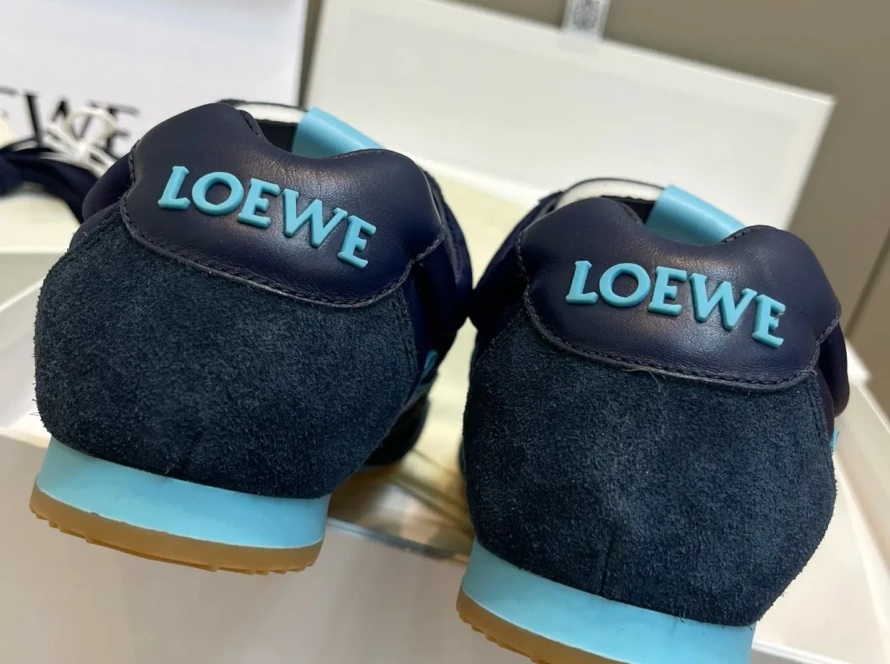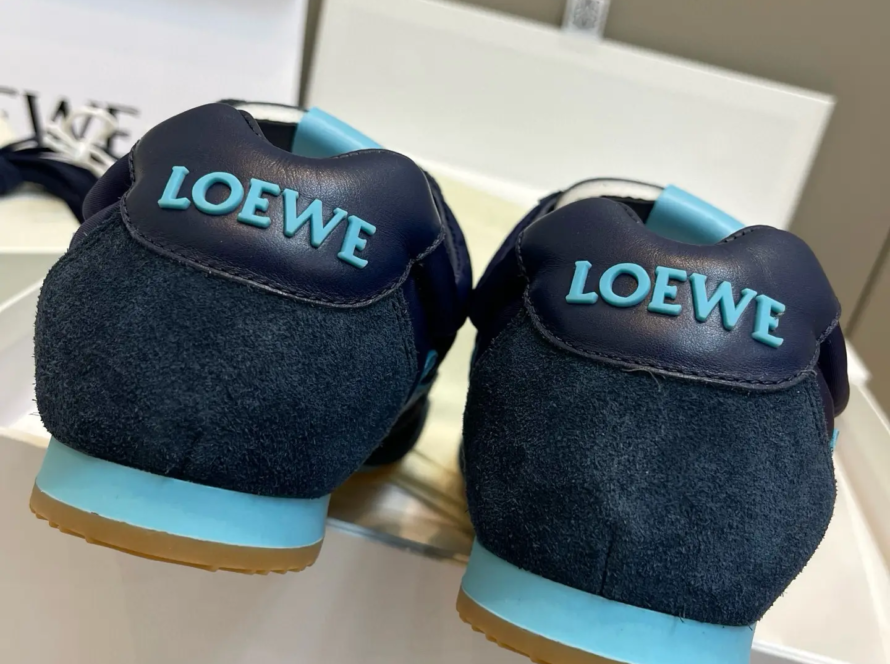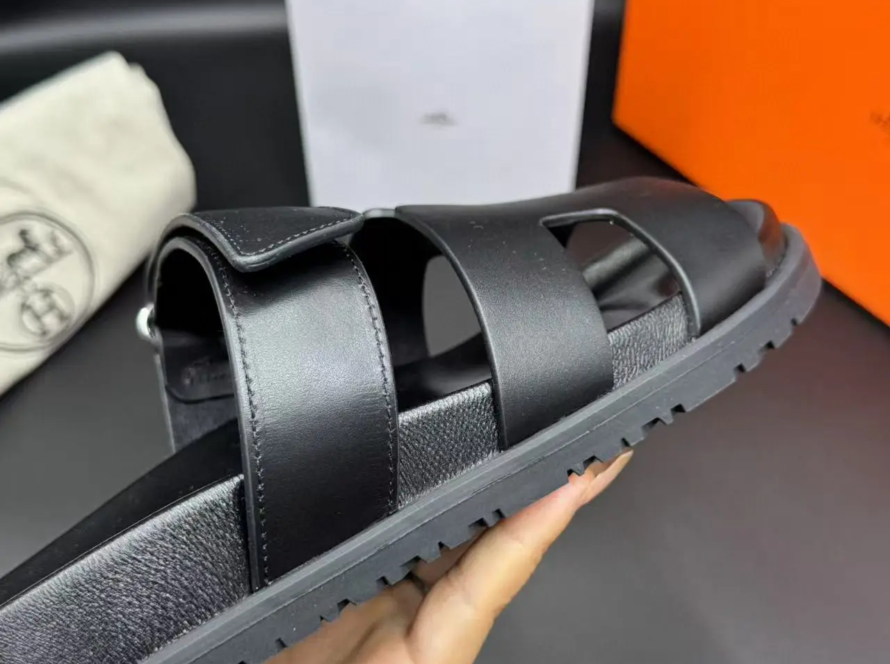
The Art of Restoring Worn Leather Shoes: A Connoisseur’s Guide to the Luxury Footwear Revival
For those who appreciate the fine craftsmanship of leather shoes—whether a custom oxford, a limited-edition designer pump, or a traditional calfskin boot—the signs of wear are more than just cosmetic damage. This is an infringement of artistry. Luxury footwear represents an investment in quality, personality and heritage. However, even the most careful wearer may experience wear and tear. Don’t worry: With the right techniques, your precious shoes can be restored to their original glory. This guide goes beyond the basics "quick fix," Focused on museum-quality restoration principles suitable for the discerning conservator of luxury leather.
Understanding Leather: Why Your Shoes Need Special Care
Not all leather is created equal. The method of repairing wear depends entirely on the hide’s finish, tanning process and origin.
-
Full grain/aniline leather (e.g. Berluti, Alden, Carmina):
This leather is prized for its natural markings and untreated surface, which absorbs polish deeply. The wear here often penetrates the top layer of the leather, requiring careful application of a color-matched cream. -
Corrected grain leather (For example, common in Gucci, Prada):
Polished and stained surfaces make stains harder to absorb, but deep wear may expose unfinished layers underneath. -
suede/nubuck (For example, Ralph Lauren Purple Label, Tod’s):
Soft naps require gentle brushing and a dedicated eraser. Never use polishing wax! -
exotic leather (Crocodile skin, ostrich skin, cordovan skin):
Each requires a pH balancing agent and technology approved by tanneries such as Horween or Tannerie Haas. - Patent leather/Verni leather:
Acetone-free cleaners and microfiber polishes are essential to avoid glossy surfaces becoming cloudy.
Step-by-Step Repair: Curator-Level Techniques
1. Assessment and preparation
- Check for wear and tear in natural light. Is it superficial (discoloration of surface wax) or structural (exposed fibers)?
- tool: Horse hair brush, microfiber cloth, magnifying glass.
2. Gentle cleaning
Luxury shoes rarely encounter serious dirt, but even dust can cause wear and tear.
- Use a pH-neutral leather cleaner (e.g. Renomat gold sapphire) on a mostly wet cloth.
- Blot (do not rub) until residue disappears.
3. Steam method (for deep wear)
Administrator-Approved Compressed Collagen Fiber Rehydration Technology:
- Hold a warm (not boiling) steam iron 6 inches above the frayed area.
- Immediately cover the area with a microfiber cloth and gently "lift" Fibers up.
- Allow 24 hours to dry naturally.
4. Color restoration
- For minor wear: Apply a thin coat of a creamy polish that matches the pigment (e.g. Bickmore Gadmore) in circular motion. Allow to cure for 10 minutes before polishing.
- For deeper harm:
- feathered edge: Use cotton swab to dip Phoebe Leather Preparation Softens jagged worn edges.
- layer of liquid paint: Apply Angelus leather dye Using a mink brush, build up the opacity in thin layers.
- Heat solidification: Blow with a hair dryer "cool" Set to 15 seconds between coats.
5. Organize and protect
- Seal the repaired area with vegetable wax (e.g. The Beauty of Naturana Waxed Leather), then use deer bone polisher for a glassy shine.
- For exotic products, use a conditioner recommended by the tannery (e.g. Bickmore Exotic for crocodiles).
Advanced Technology for Antique or Collectible Shoes
- gold leaf inlay: For historic wear on museum-quality pieces, some restorers will apply 24K gold leaf to the recessed areas before sealing—a nod to Japan Kintsugi philosophy.
- Archival grade filler: Leather putty, etc. Elastic padding from Leather World Tech Rebuild lost volume with vintage cordovan leather.
Prevention: Refined Ritual
- daily: Use a cedar last to maintain shape and absorb moisture.
- weekly: Use pure horsehair brush to remove debris from creases.
- Seasonal: The condition is Collonil 1909 Waterstop to protect against salt and rain.
- each year: Consult Custom Shoe Patina Expert For deep conditioning and color rejuvenation.
When to Consult a Professional
While DIY methods are enough to fix some minor flaws, it’s still worth seeking expert help:
- Deep abrasions, rawhide exposed
- Pre-19th century antique leather
- Alligator belly scales or ostrich feather pores
master shoemaker likes Japan’s Brift H or French favorite shoes Handmade restorations provided using historic tools and custom blended paints.
Conclusion: The Philosophy of Imperfection
In Japanese culture, wabi sabi It is taught that clothing confers uniqueness. But luxury leather requires a balance: respecting the patina of age while maintaining structural integrity. You can expand the narrative of your shoe by viewing wear and tear as a moment that requires careful care, rather than a blemish. Restoration wear and tear becomes a testament to stewardship, proving that true luxury endures through dedication.
FAQ: Addressing nuanced issues
Q1: Can I use household products (vinegar, baking soda) on delicate leather?
Absolutely not. Acids and abrasives can break collagen bonds. Trust only pH-balanced, luxury-grade products.
Question 2: My $2,000 alligator loafers have scuffed toes. How urgent is the fix?
Exotic leather lacks a protective topcoat. Address wear issues within 48 hours to prevent drying/cracking.
Q3: Will repairs affect the resale value of the shoes?
If done correctly – using reversible, conservation-approved methods – recovery jam value. Document the entire process with photos for resale provenance.
Q4: Can water damage around scuffs be repaired?
Yes. use Saphir Super Invulner Spray To stop stains from spreading, consult a professional for hydrophobic repair.
Q5: How to remove wax residue from suede?
Scratch lightly with a brass suede brush, then "heavy day" Area equipped with handheld steam iron.
Q6: Is sunlight effective for drying after steam treatment?
no way! UV rays can fade pigments and dry out tannins. Air dry indoors at room temperature only.
By adopting these carefully curated practices, you join the ranks of custodians—people who understand that luxury is not a possession, but a practice.




